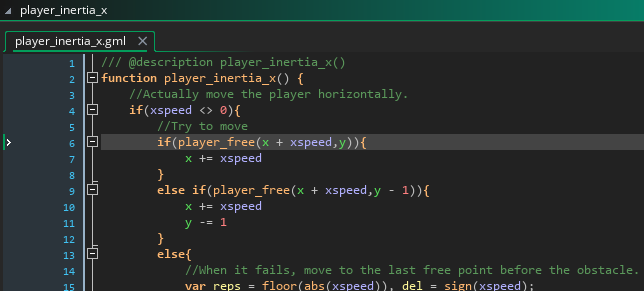As long as you're planning to make SOME sort of platformer, you'd probably get some use out of this project, it's easier to remove / hide things you don't need than to make something new from scratch. The system to carry things like shells and companion cubes around seems like a nice fit for a Klonoa-style game, for instance - all you'd need to add in is a grab attack that turns enemies into "liftables" on contact, and some code that lets you jump again in mid-air if you're holding something.
Harvesting individual systems could get a bit harder, since there's a lot of dependencies between things (like the jumpthrough-platform and moving platform code being an essential part for both player, enemies and throwables since they all are affected by those platforms) so you might end up having to frankensteining a lot of unexpected code into your existing physics; it might be easier to do it in reverse (add your unique quirks into MariaEngine) depending on the scope of the projects.



